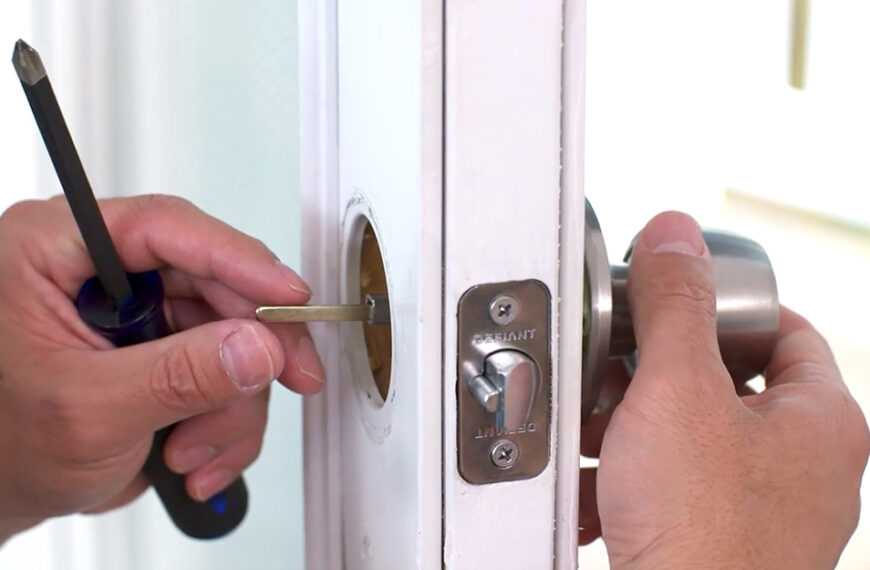AAC (All-Aluminum Conductor) is a type of electrical conductor made entirely from electrically conductive aluminum strands. Known for its high conductivity, light weight, and resistance to corrosion, AAC conductor primarily used in urban power distribution systems where short spans and close support structures are common.
Key Features of AAC Conductors
| Feature | Description |
|---|---|
| Material | 99.5% pure aluminum |
| Conductivity | High electrical conductivity (approximately 61% IACS) |
| Weight | Lighter than ACSR or ACAR conductors |
| Corrosion Resistance | Excellent, especially in coastal and industrial environments |
| Flexibility | Easy to handle, bend, and install |
| Applications | Low-voltage and medium-voltage overhead distribution lines |
AAC vs. ACSR vs. AAAC: What’s the Difference?
| Type | Material Composition | Conductivity | Strength | Corrosion Resistance | Weight |
|---|---|---|---|---|---|
| AAC | All aluminum strands | High | Moderate | High | Light |
| ACSR | Aluminum + Steel Reinforcement | Moderate | High | Moderate | Heavier |
| AAAC | Aluminum alloy strands | Moderate | Higher | Very High | Medium |
- AAC: Best for short spans and high conductivity.
- ACSR: Preferred for long spans due to steel’s strength.
- AAAC: Ideal for long-distance lines in corrosive environments.
Applications of AAC Conductors
AAC conductors are highly suitable for:
- Urban and suburban distribution networks
- Coastal regions prone to salt-laden air
- Switchyards and power substations
- Railways and metro systems
- Renewable energy transmission, such as from solar farms
Why Choose AAC Conductors?
✔ Superior Conductivity
AAC offers low resistance and minimal energy loss, making it optimal for dense urban grids.
✔ Lightweight Advantage
Its reduced weight eases the burden on poles and towers, allowing for economical support structures.
✔ Enhanced Corrosion Resistance
Aluminum resists atmospheric conditions better than galvanized steel, leading to longer lifespan and lower maintenance.
✔ Easy Installation
AAC’s flexibility and reduced weight make it easier and faster to install, reducing labor costs.
Typical AAC Conductor Specifications
| Size (mm²) | Diameter (mm) | Weight (kg/km) | Resistance (Ω/km) @ 20°C | Breaking Load (kN) |
|---|---|---|---|---|
| 30 | 7.65 | 82 | 1.010 | 7.00 |
| 100 | 13.21 | 273 | 0.297 | 20.50 |
| 150 | 16.20 | 409 | 0.200 | 30.20 |
| 250 | 21.20 | 682 | 0.122 | 48.50 |
Note: These values vary slightly depending on the conductor standard (e.g., ASTM, BS, IEC).
Standards and Compliance
AAC conductors are manufactured to conform with various international and regional standards, including:
- ASTM B231/B231M – Standard Specification for Concentric-Lay-Stranded Aluminum Conductors
- BS 215 Part 1 – British Standard for Aluminum Conductors
- IEC 61089 – International Electrotechnical Commission standard
- DIN 48201 – German standards for aerial aluminum conductors
This ensures compatibility, performance assurance, and global trust in engineering projects.
Interactive Buying Tips: How to Choose the Right AAC Conductor
Ask yourself these key questions before making a decision:
- What is the voltage rating of the project?
AAC is typically used for low and medium voltage overhead lines. - What is the span distance between poles or towers?
AAC works best in short spans (less than 200 meters). - What environmental conditions will it face?
Ideal for high-humidity and corrosive areas. - Is cost-effectiveness a primary goal?
Aluminum’s affordability and long lifespan make AAC a budget-friendly choice.
Frequently Asked Questions (FAQs)
❓ What is the lifespan of an AAC conductor?
AAC conductors can last 40 to 50 years, especially in environments with low mechanical stress and minimal pollution.
❓ Is AAC suitable for long transmission lines?
Not usually. AAC lacks the mechanical strength needed for long spans. Use ACSR or AAAC for high-tension transmission lines.
❓ Can AAC conductors be used underground?
No. AAC is primarily designed for overhead installations. For underground applications, consider insulated cables.
❓ How is AAC conductor installed?
AAC is installed on pole-mounted insulators using clamps or ties. Its lightweight and flexibility speed up the stringing process.
❓ Are AAC conductors recyclable?
Yes. Aluminum is 100% recyclable, and AAC conductors contribute to eco-friendly and sustainable practices in power transmission.
AAC Conductor Market Trends and Data Insights
According to recent reports:
- Global AAC conductor demand is projected to grow at 5.2% CAGR from 2023 to 2030.
- The rise in urban power infrastructure projects is a key driver.
- Emerging economies, especially in Asia-Pacific, are increasing AAC usage due to cost efficiency and urbanization.
Advantages of Aluminum in AAC Conductors
🛠 Mechanical and Electrical Benefits:
- High strength-to-weight ratio
- Low electrical resistance
- Thermal stability
- Compatibility with aluminum fittings
🌍 Environmental Benefits:
- Lower carbon footprint during manufacturing
- Recyclability
- Abundant natural availability
Maintenance and Inspection Checklist
| Task | Recommended Frequency | Purpose |
|---|---|---|
| Visual inspection | Semi-annually | Detect corrosion or broken strands |
| Resistance measurement | Annually | Identify deterioration in conductivity |
| Tension monitoring | Every 2 years | Ensure structural integrity under load |
| Vegetation clearance | Quarterly | Prevent line faults from tree contact |
AAC Conductor Installation Best Practices
- Use proper tensioning equipment to avoid conductor sag.
- Avoid over-bending during installation to preserve strand integrity.
- Conduct thermal rating checks for current-carrying capacity.
- Always follow local and international safety standards.
AAC Conductor: Real-World Use Cases
Urban Distribution Grid in Southeast Asia
AAC was deployed in Bangkok for a low-voltage distribution network. The project prioritized lightweight materials due to densely populated areas and tight right-of-way corridors.
Solar Farm Connection in the Middle East
A 250MW solar plant used AAC conductors to link inverters to switchyards, benefiting from aluminum’s corrosion resistance under extreme temperatures and sand-laden winds.
AAC Conductor Sizes and Color Codes (Based on BS Standards)
| Conductor Name | Nominal Area (mm²) | Stranding | Color Code |
|---|---|---|---|
| ANT | 25 | 7/2.14 | Yellow |
| BAT | 50 | 7/3.10 | Red |
| CAT | 100 | 7/4.39 | Blue |
| DOG | 150 | 30/7.26 | Green |
| FOX | 30 | 7/2.59 | Black |
Summary Table: When to Use AAC
| Situation | AAC Suitability |
|---|---|
| Urban low-voltage distribution lines | ✅ Highly Recommended |
| Long transmission lines over rough terrain | ❌ Not Suitable |
| Areas with salt or chemical exposure | ✅ Excellent Corrosion Resistance |
| Projects with strict weight constraints | ✅ Lightweight Advantage |
| Underground cabling | ❌ Use XLPE or PILC instead |
If you’re looking to enhance energy efficiency, cut costs, and build sustainable grid networks, AAC conductors are a highly reliable and scalable solution. This guide arms engineers, project managers, and procurement teams with the knowledge to make informed decisions and optimize infrastructure performance.















